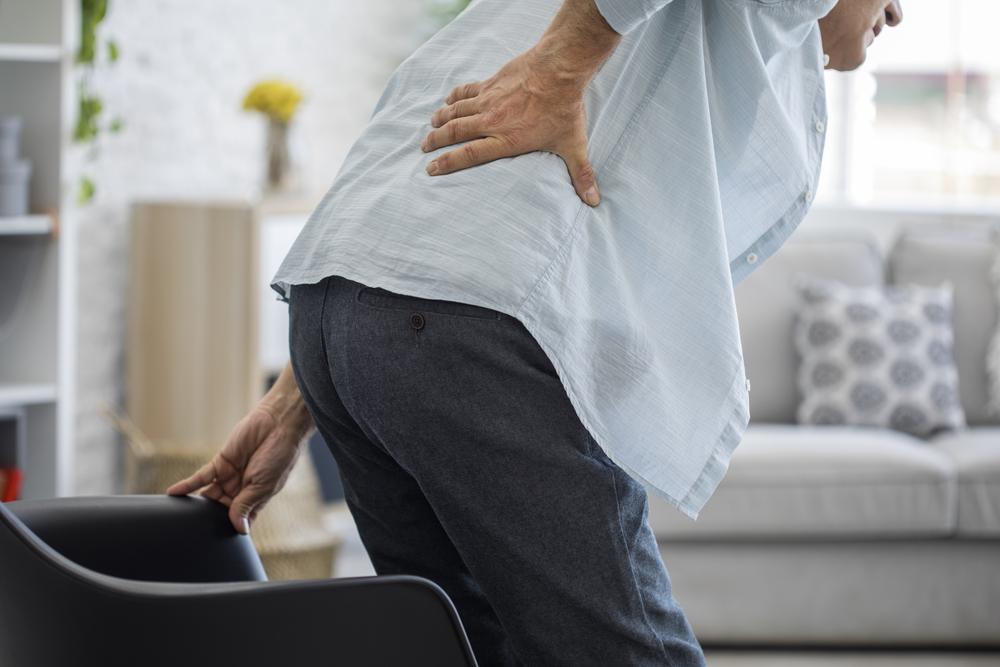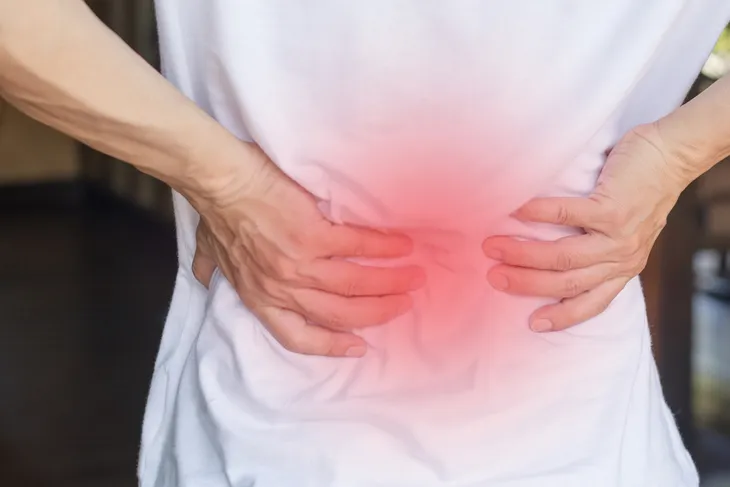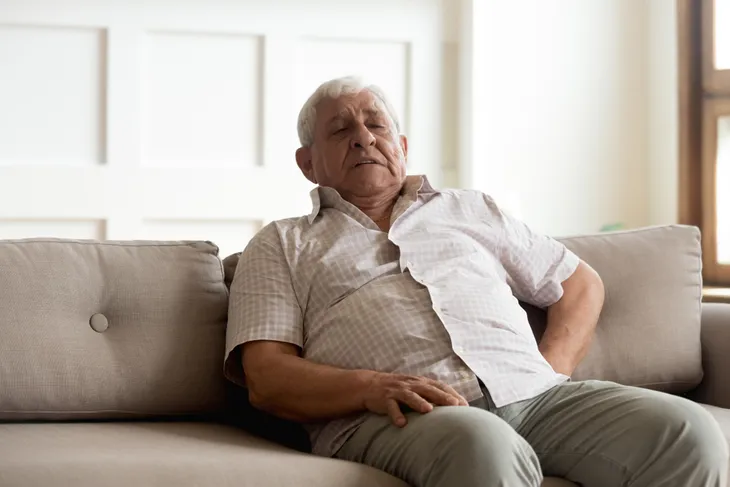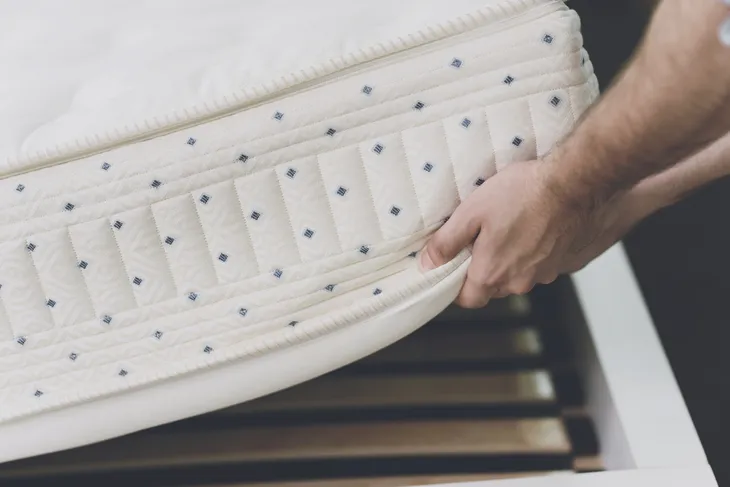Lower back pain is one of the biggest culprits of pain and disability in the United States. It affects many seniors every day. The problem with lower back pain is that when it occurs, the person is often bedridden until the pain subsides and they can once again move freely. For some seniors, this pain can go on for as long as a week before it settles, if it ever truly settles at all. As people get older, they are more susceptible to lower back pain which can happen for a variety of reasons.
After years of treating seniors with back pain, I find it’s often helpful to tell seniors what the main causes of lower back pain are so that they can avoid back pain in the future. Here are some of the top causes of lower back pain amongst seniors.
Previous Lower Back Injury
Seniors who are experiencing lower back pain have often suffered from a similar pain due to a previous injury. In my experience working as a physiotherapist, most seniors with back pain will sya their pain never resolved itself and that they never bothered to see a healthcare professional to fix it. More often than not, people assume the pain will get better or eventually go away, but it usually doesn’t. Especially without treating the original cause.
If you have had lower back pain in the past and never got it checked out or treated, you’ll likely experience another flare up of pain later in life.
Living a Sedentary Lifestyle
As people get older their lifestyle tends to slow down and become less active. This is one of the biggest causes of lower back pain. When we’re not using our body for physical activity, we become weaker by the day! This decline in physical strength and fitness can leave a person more vulnerable to lower back pain, even when completing basic everyday tasks like bending over and loading the dishwasher or picking up a laundry basket.
To avoid lower back pain from a sedentary lifestyle, you should find a physical activity that you enjoy doing so you’re more likely to stick with it. It should be something that helps keep your body fit and strong, therefore less prone to lower back pain.
Improper Lifting Techniques
Most people who go to the gym and lift weights have probably engaged in poor lifting techniques at some point. Either when they’re crunched for time and rushing a workout or just not properly educated on the right way to do it. Even outside the gym, most people likely lift heavy objects using their back and not pulling strength from their knees, like they should. I get it — sometimes it’s just easier to muscle your way through picking up a pile of heavy objects, such as a bag of soil or groceries, instead of taking the time to ensure you’re back is properly supported.
People can likely get away with this in their younger years, but as we get older it’s more difficult to ignore. My suggestion: when lifting something over 10-pounds, make sure to brace using your core and pull strength from your leg muscles to lift the object off the ground. If you rush the job and only use your lower back, you’re sure to end up with lower back pain that can take a while to heal.
Sleeping on an Older Mattress
If you’re a senior and sleeping on a mattress that is over 10-years-old, you’ll no doubt be more susceptible to lower back pain in the future. While it might seem like a nuisance to shell out the money for a new mattress, consider just how much time is spent sleeping on your mattress every night. It’s super important to have one that supports your body type, especially as our bodies change with age.
If your mattress is starting to feel lumpy or look and feel worn, make the investment to purchase a new one. Your back and the rest of your body will thank you later.
Decreased Flexibility
As we get older, we tend to become less flexible. Suddenly, bending down to put on shoes and socks is a strenuous task. When seniors lose their flexibility, this is often an early indicator for lower back pain to come in the near future. When someone is more stiff and rigid due to decreased flexibility, the lower back is less supple and free moving, putting it at a bigger risk to muscle strain and a disc injury.
If you notice your body becoming more stiff and tense — visit a physiotherapist or join a local yoga class to start improving flexibility. It’s never too late to start!
Experiencing lower back pain is never an enjoyable experience, but it doesn’t have to go on forever. Go see a healthcare professional who can help overcome this pain and prevent it from happening again in the future. My advice would be to seek out a physiotherapist who can assess any back pain, help treat it, and teach you how to increase strength and flexibility in your muscles and joints to prevent any future back pain.
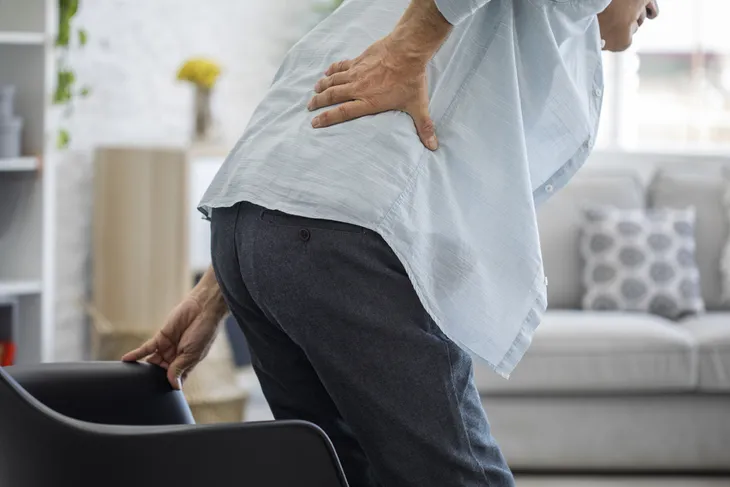 sebra / Shutterstock
sebra / Shutterstock